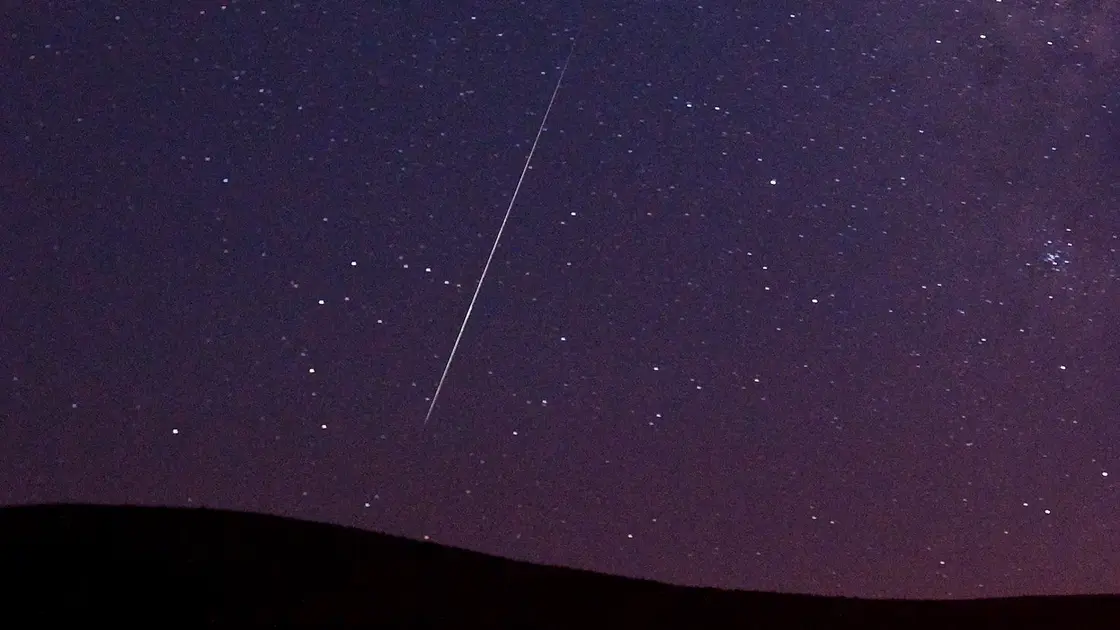T4K3.news
Perseid peak nears as moonlit skies challenge visibility
The Perseid meteor shower peaks August 12 13 with a bright Moon washing out faint meteors; observers may still catch brighter fireballs before dawn.
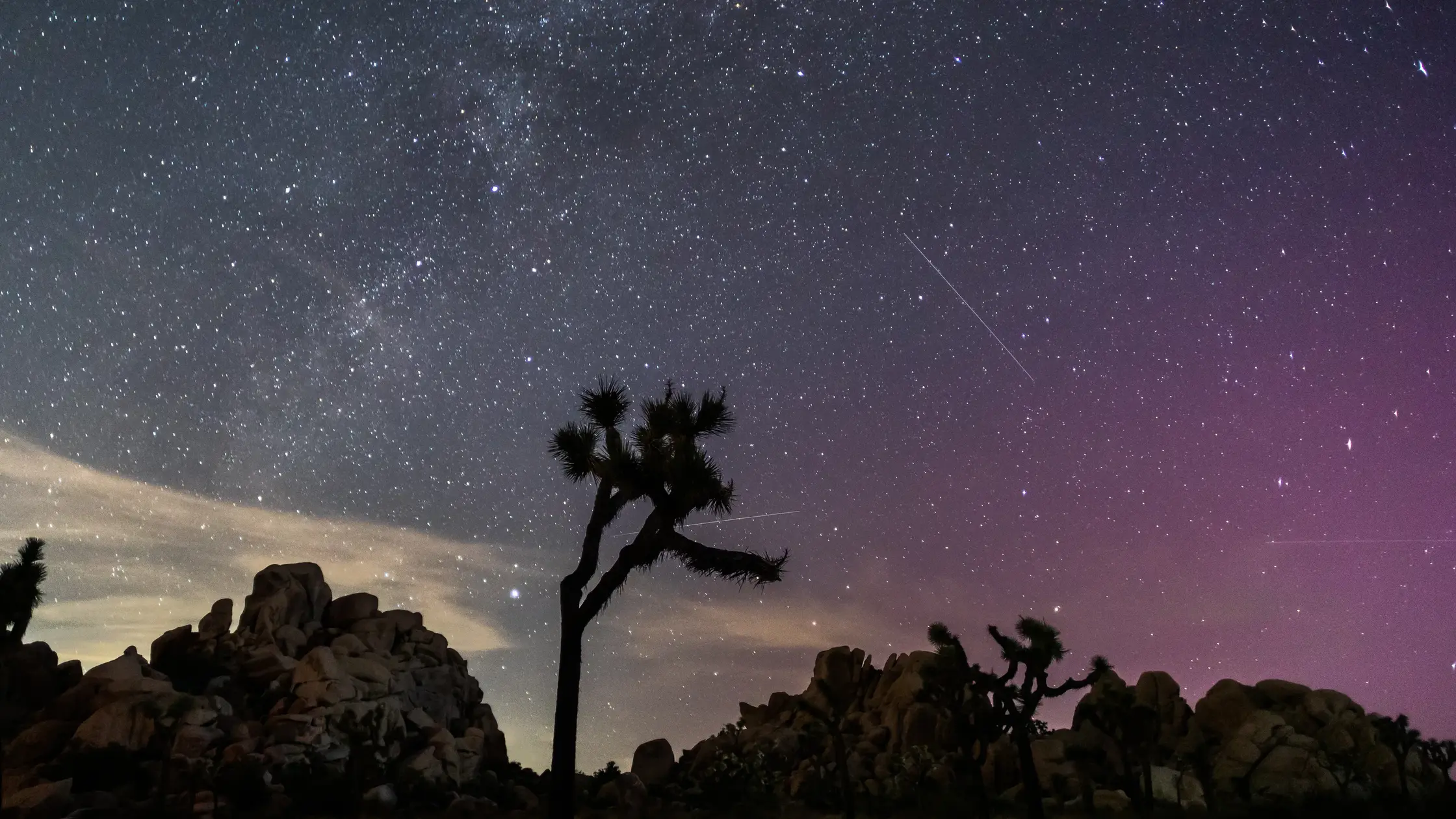
The Perseid meteor shower reaches its peak this year but a bright Moon may limit what observers can see.
Perseid Shower Peaks Under Bright Moon
The Perseid meteor shower is active from July 17 to August 23, with the peak on August 12 and 13 in the pre-dawn hours. It may be possible to spot meteors as early as 10 p.m. depending on local conditions.
This year’s peak faces a bright Moon. NASA says the Moon will be about 84 percent full on the peak night, washing out all but the brightest meteors. Skywatchers are advised to seek dark, high spots and to give their eyes time to adapt, using red light sources to protect night vision. Meteors from the Perseids travel about 37 miles per second, and the debris comes from comet Swift-Tuttle. The meteors appear to radiate from near Perseus, though the constellation does not source the meteors.
Key Takeaways
"Unfortunately, this year the Moon is nearly full on the peak night, and its glare will wash out all but the brightest meteors."
NASA warning about peak night viewing conditions
"A few bright meteors may still be seen in the pre-dawn hours, but viewing conditions are not ideal."
NASA notes expectations for peak night
"Perseids are particles released from comet 109P/Swift-Tuttle as it returns to the inner solar system."
AMS description of the shower source
"The constellation is not the source of the meteors."
NASA clarification on naming of the shower
Sky conditions can decide whether a meteor shower becomes a shared moment or a quiet night at the edge of town. The Moon’s brightness is a practical constraint that challenges casual observers, especially in urban areas where light pollution is high. Still, the event offers a teachable moment about how moon phases and sky quality shape what we can see. Local astronomy groups can use this as an entry point to explain science in everyday life.
Beyond the science, the Perseids remind us that stargazing is a social habit as well as an individual one. Simple tips like tuning to red lights, giving eyes time to adjust, and choosing a dark site help make the experience more inclusive. The story also hints at a broader calendar of astronomy, where demanding conditions on one night can push people to try again during a next meteor stream.
Highlights
- Moon nearly full on peak night will wash out all but the brightest meteors
- A few bright meteors may still be seen in the pre-dawn hours
- Perseids are particles released from comet Swift-Tuttle
- The constellation is not the source of the meteors
Clear skies invite curiosity and remind us that science begins with looking up.
Enjoyed this? Let your friends know!
Related News
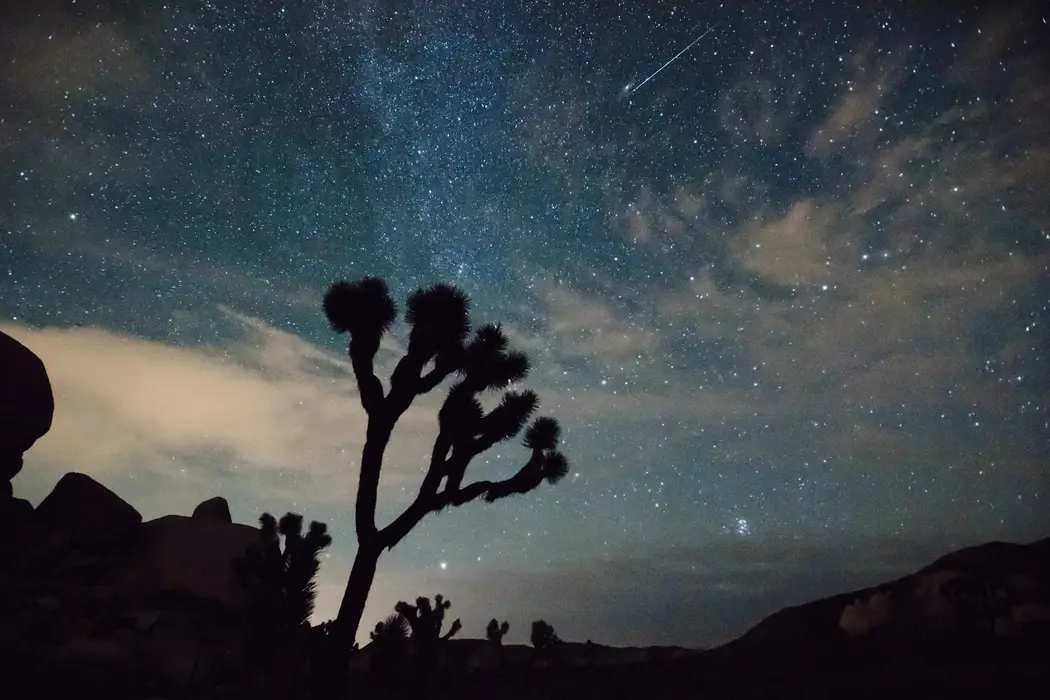
Perseid meteor shower peaks this week
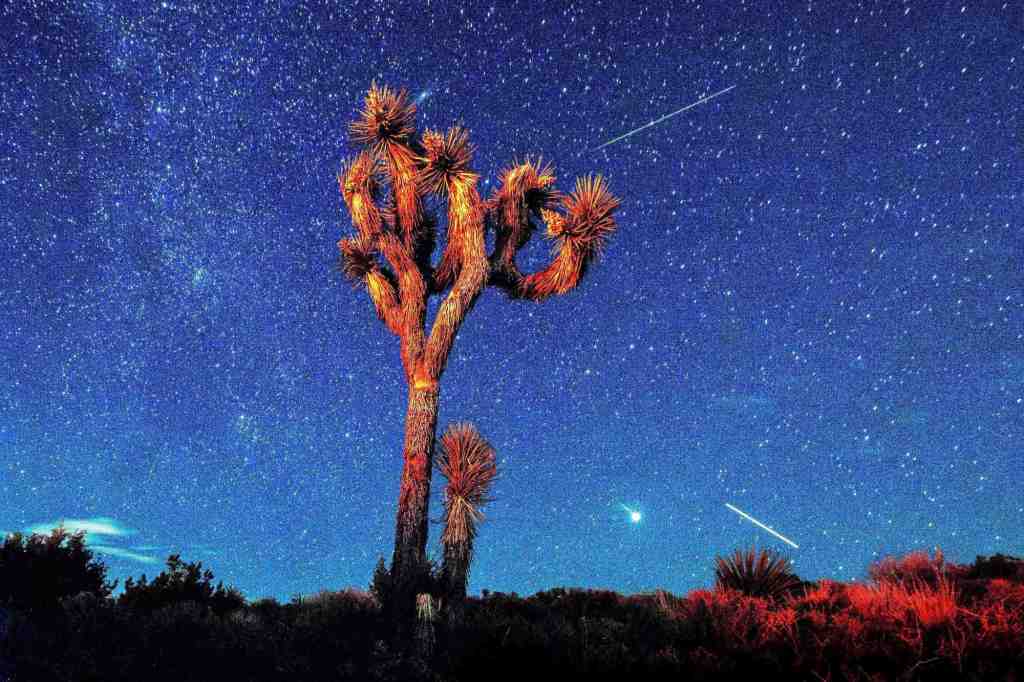
Great viewing conditions for the Perseid meteor shower
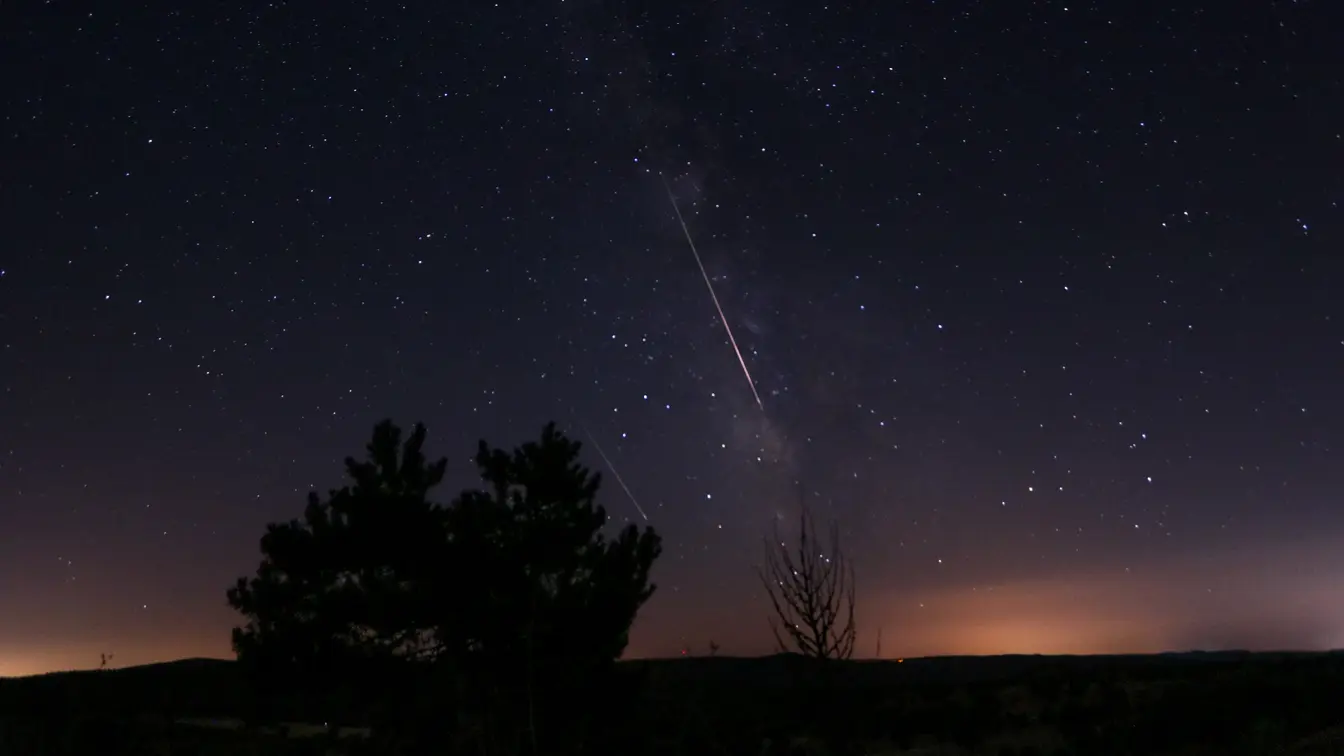
Perseid meteor shower peak
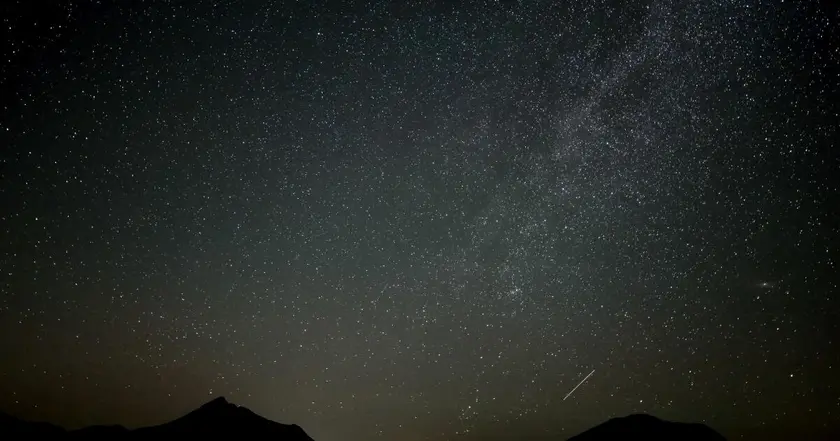
Perseid meteor shower peaks August 11-12
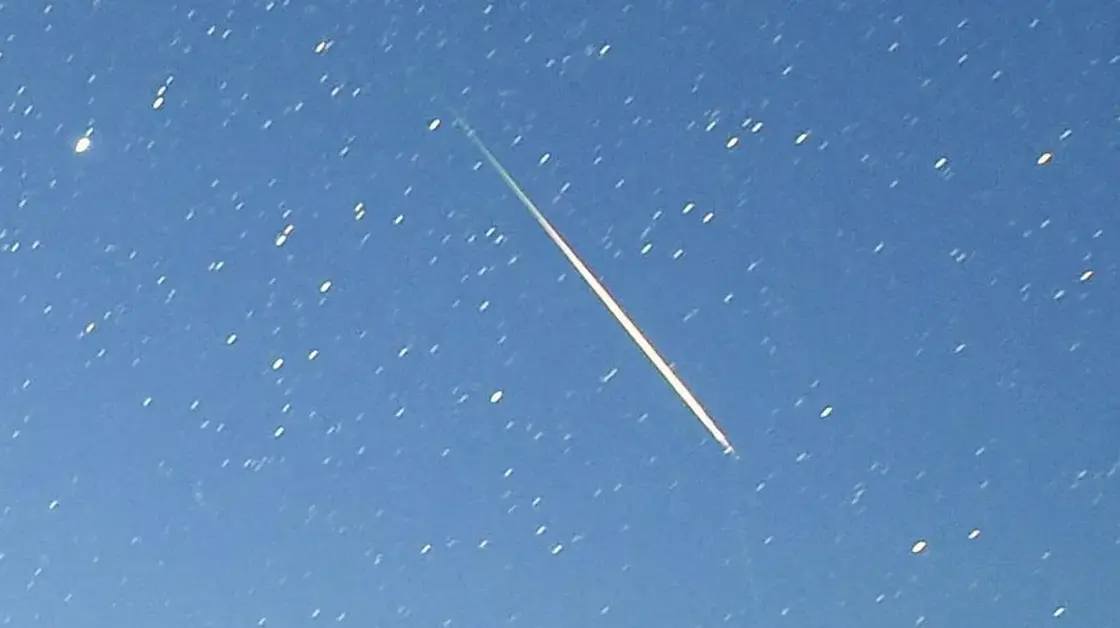
Perseid meteor shower peaks next week
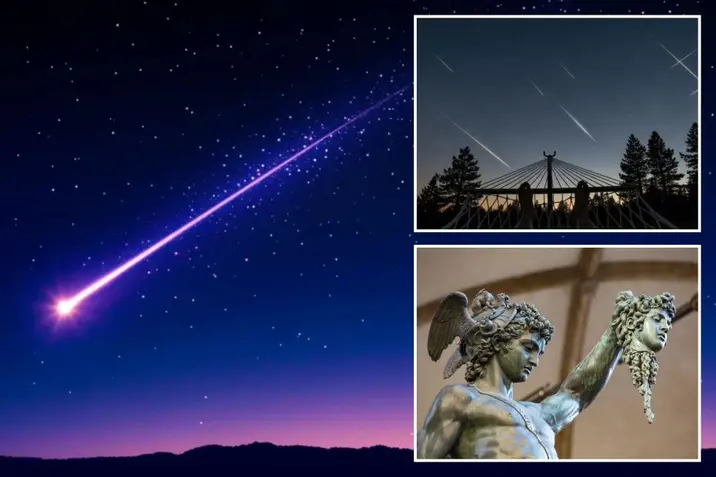
Perseid meteor shower set for 2025 viewing
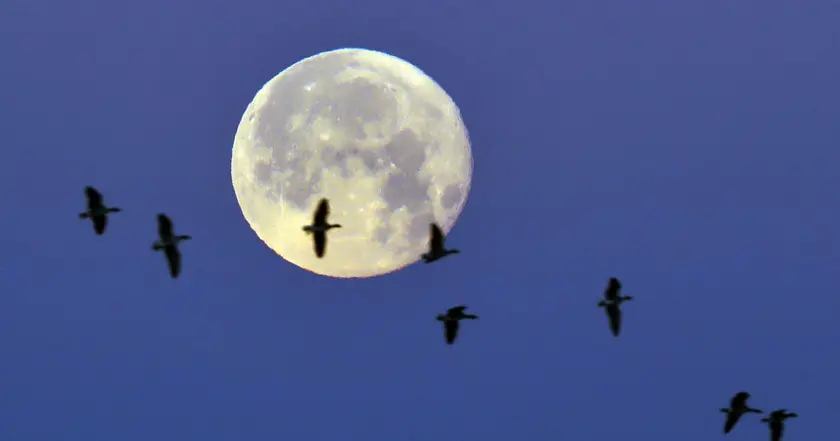
Sturgeon Moon and meteor shower peak this weekend
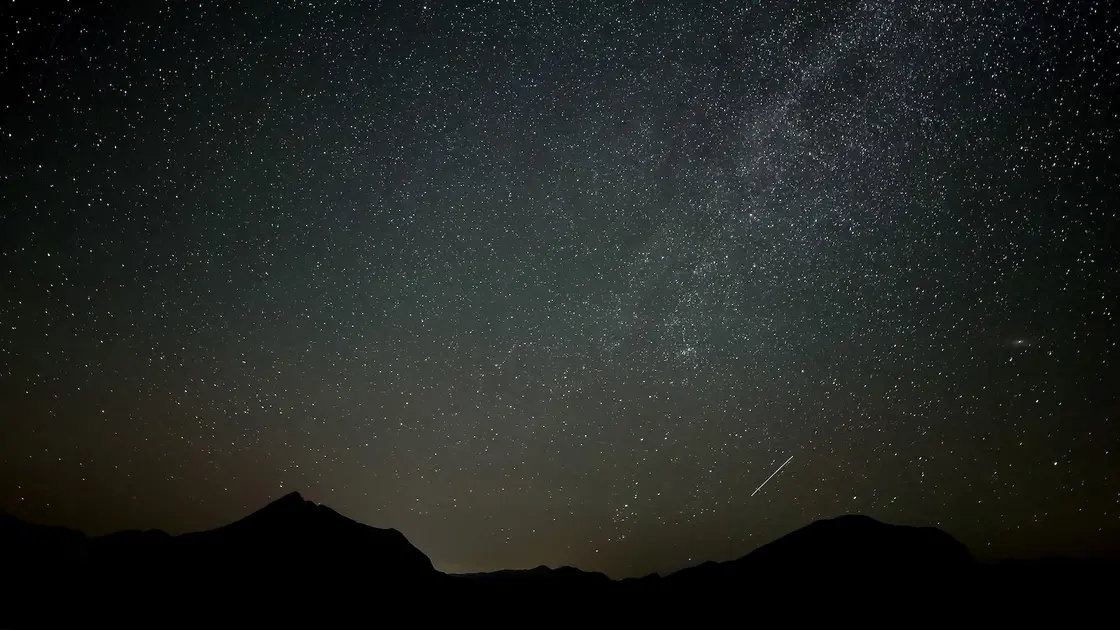
Three meteor showers peak in late July
